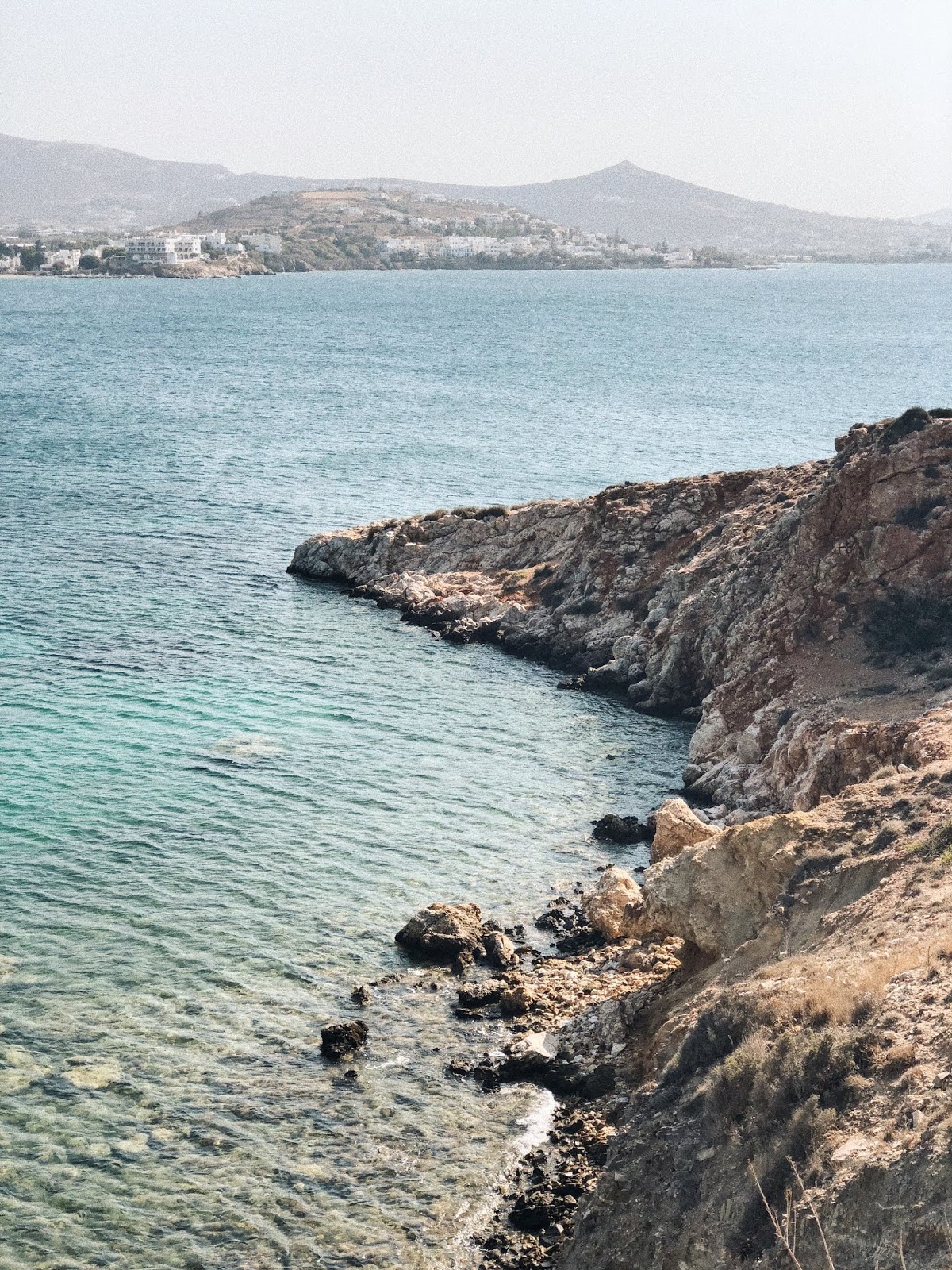My second time visiting Greece (I spent a week in Corfu last year), this summer I flew out to Athens on the August bank holiday to meet friends out there, explore some of the islands that none of us had been to, and essentially eat, drink and laugh our way through to the end of the summer (it quite literally felt like the heatwave ended the moment we landed). First up, Paros. About a four-a hour ferry from Piraeus (port of Athens), Paros is a hidden gem in the Cyclades islands, often and as you'd expect, overlooked in the midst of the popularity of Santorini and Mykonos. Though perhaps not as well known, it's still got the checklist of Grecian trademarks: the blue-domed churches; white-washed villages with cobbled streets and the bluest, clearest of waters, but being a lesser-sung hero, it's calmer, quieter and in turn, much more intimate than islands I've been to before. Below is a round-up of our favourite places we visited, sunbathed and, most importantly, what we ate.

Where to sunbathe?
We lucked out when it came to stumbling across the most idyllic place to spend a day soaking up the sun; round the bay from where we were staying (about a ten minute walk) was Cabana Paros. Sunbeds on the sand so close to the sea that the water washed up by your feet, fresh seafood on the menu, the views while the sun goes down all make me think this place wasn't even real. My most relaxing day of the trip was spent here- reading, wandering and the photos speak for themselves (but of course, don't do the place justice).
Where to spend the day?
If you're looking to spend the day wandering round a traditional Grecian hotspot, the picturesque fishing village Naoussa is more than worthy of your time. A maze of white-washed, narrow streets lined with jewellery shops and stylish cafes, restaurants and bars even in the hours before lunchtime are charming and put you straight into holiday-mode if you weren't there before. The vibrant azure blues and turquoises that Greece is known for are everywhere and make this place so eye-friendly, and it's even lined with beaches so you can unwind by the sea post-lunch. We were recommended Marmitta to eat but it wasn't open while we were there (sigh, the interiors are everything and I'm sure the menu follows suit), so we ate by the harbour overlooking the water. There are regular(ish) buses that get slightly more infrequent as we go out of season, but it's easy enough to get to from Paros harbour.
Where to eat?
One of the best meals we had, weirdly, wasn't in a restaurant or a bar, but a Souvlaki on the beach, watching the sunset; essentially Greek fast-food that is kebab-style meat or falafel in a pitta with chips, onions, tomatoes etc (an absolute carb-overload and insanely cheap). Of course, the seafood is out of this world and I had as many salmon pasta dishes as possible. We walked past a vegetarian restaurant a couple of times called Nemobar which had an incredible menu.
Where to watch the sunset?
Pretty much everywhere. Where we were staying had a rooftop with amazing views of the sunset, as I'm sure most hotels do, but so many restaurants along the harbour are set-up to do just this. After an early dinner one evening, we headed to Bebop bar, known for it's sundowner cocktails (and it didn't disappoint). Try a gin and pink grapefruit soda - bittersweet unrealness. My favourite place, though, to watch the sun go down was on the beach; no better place to watch golden hour in all it's glory and swimming in the sea as the temperature cools and light starts to dim is relaxation like no other.
White cat-eye sunglasses - ASOS
Brown button-up dress - Zara
All photos taken by myself on iPhone 8 plus.



















































